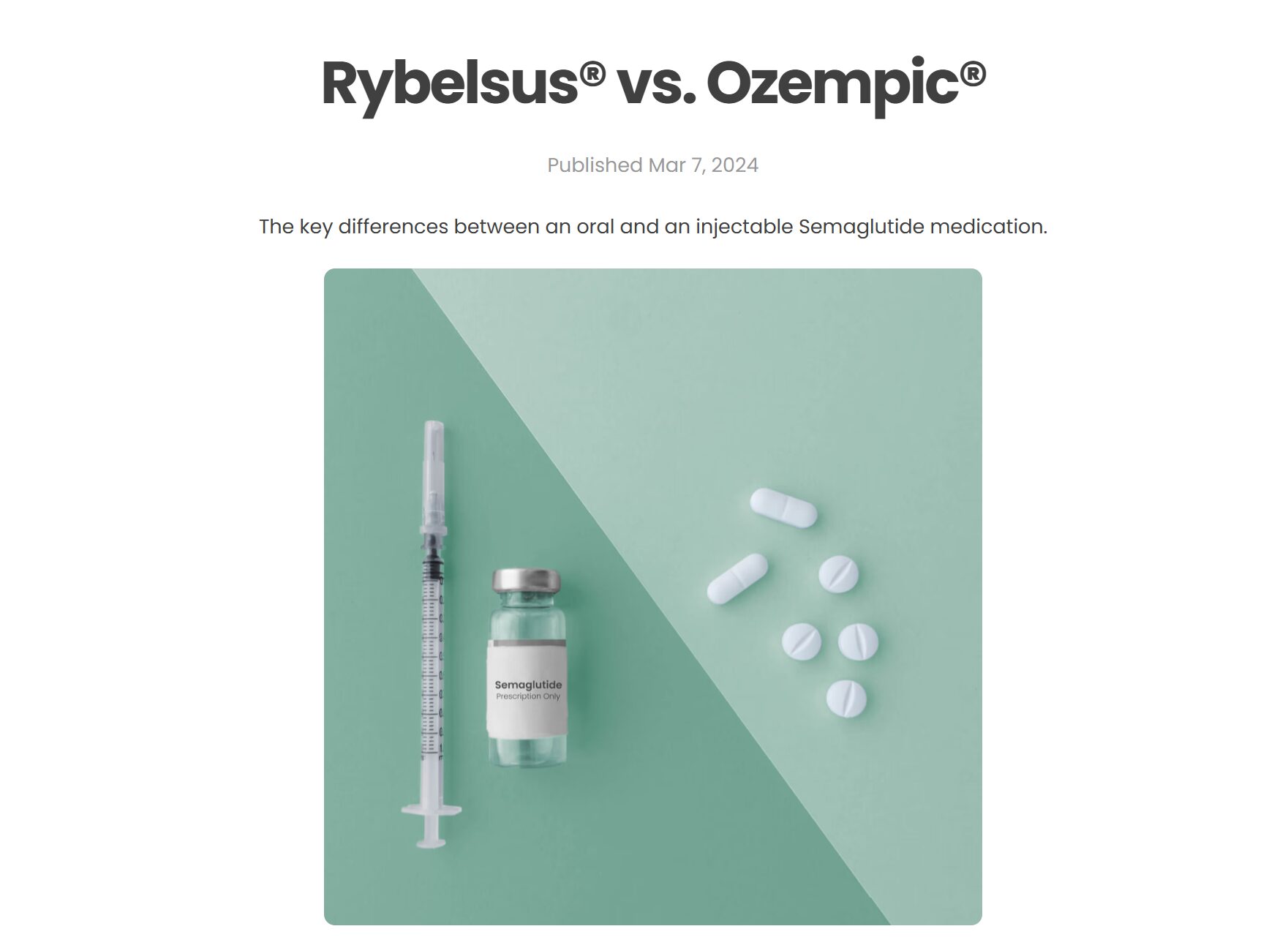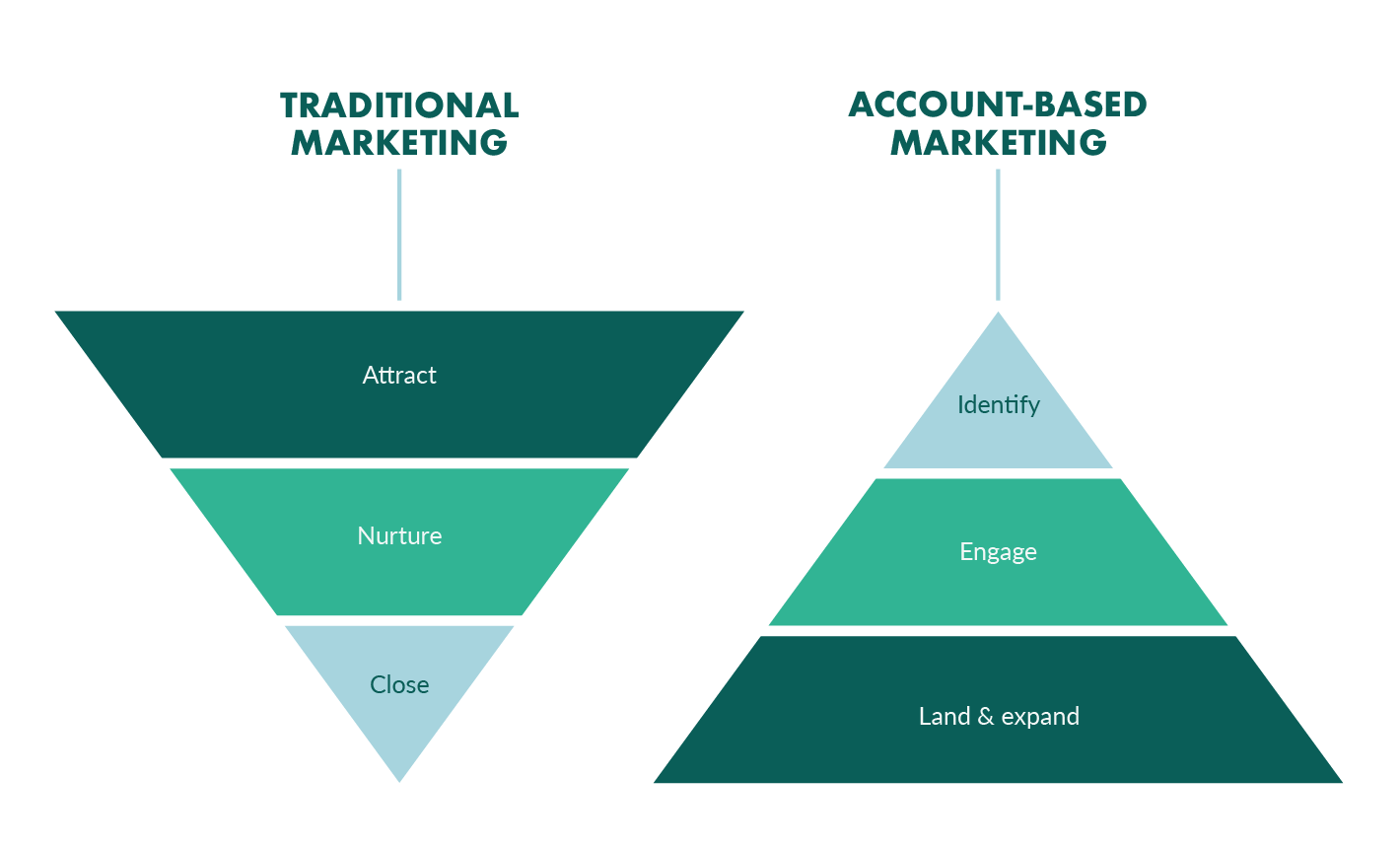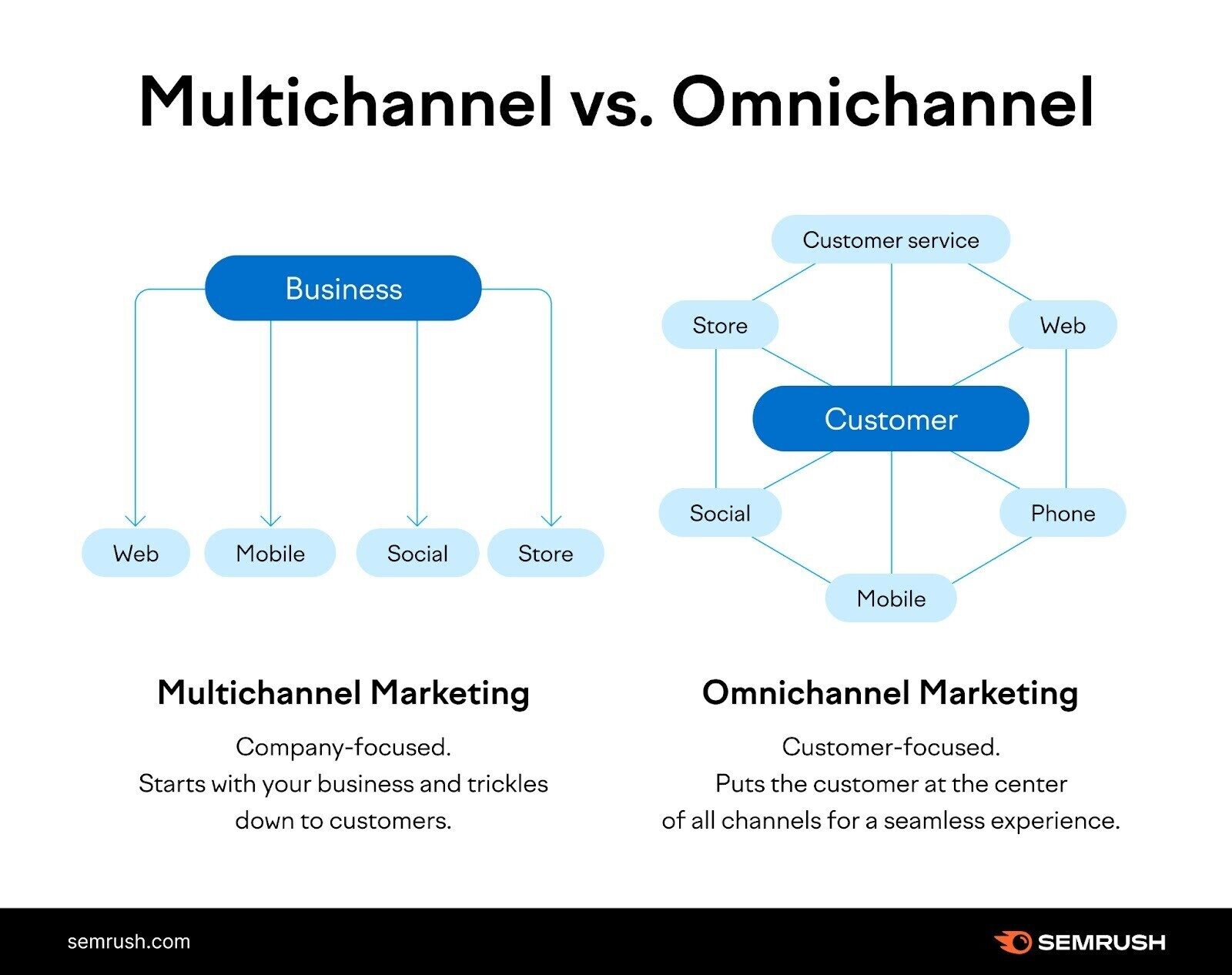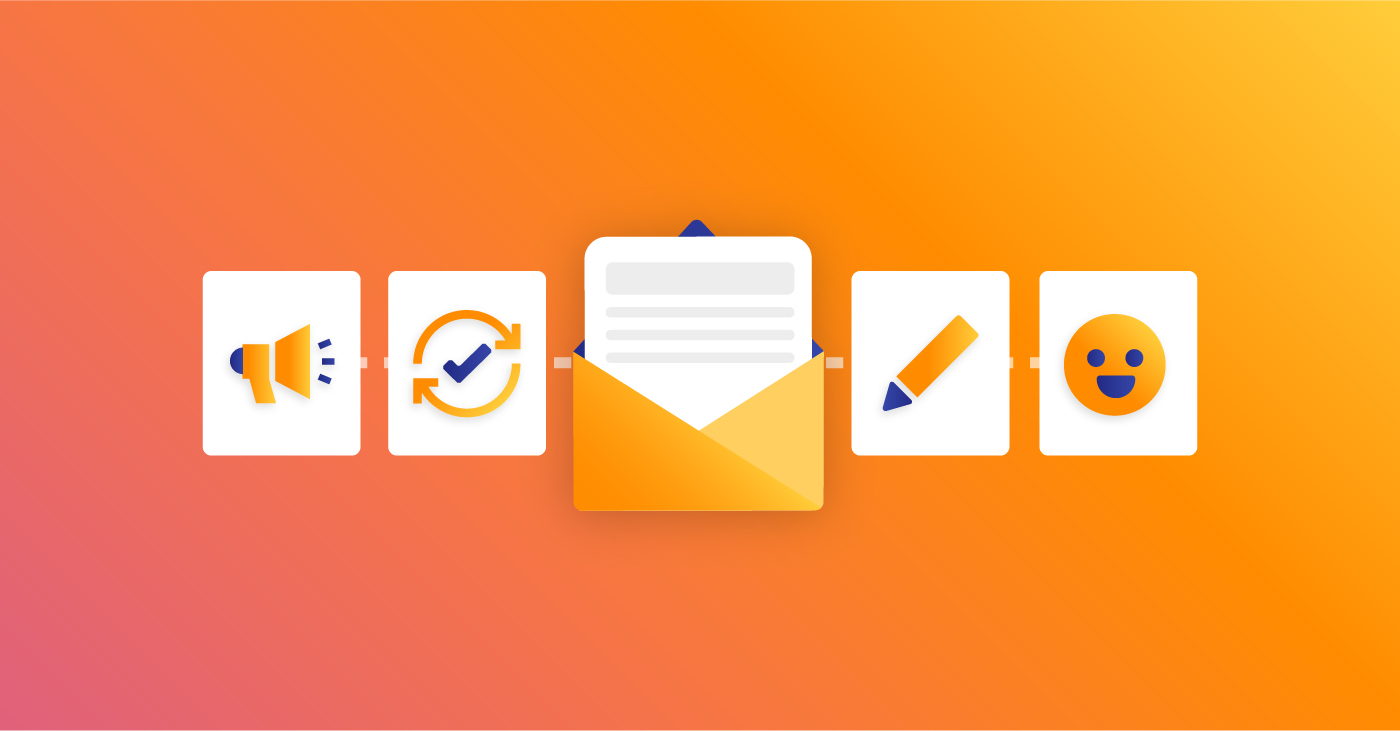5 Advanced Techniques for Data-Driven Customer Segmentation in 2024
July 30, 2024 6 min read

Loyal customers are the lifeblood of any business. Understanding them through effective segmentation is critical to delivering personalized and relevant experiences that drive sustainable growth.
Unfortunately, customer segments are not static. They evolve as customers’ preferences, behaviors, and circumstances change.
Other times, customers may display traits spanning multiple segments, making assigning them to a single, well-defined segment difficult.
This overlap can cause confusion and challenges when tailoring your marketing messages for each custom segment.
You must continuously monitor and update your segmentation models to remain relevant and accurately reflect your target market.
Let’s examine five advanced customer segmentation strategies to help you deliver personalized experiences that drive satisfaction and customer loyalty.
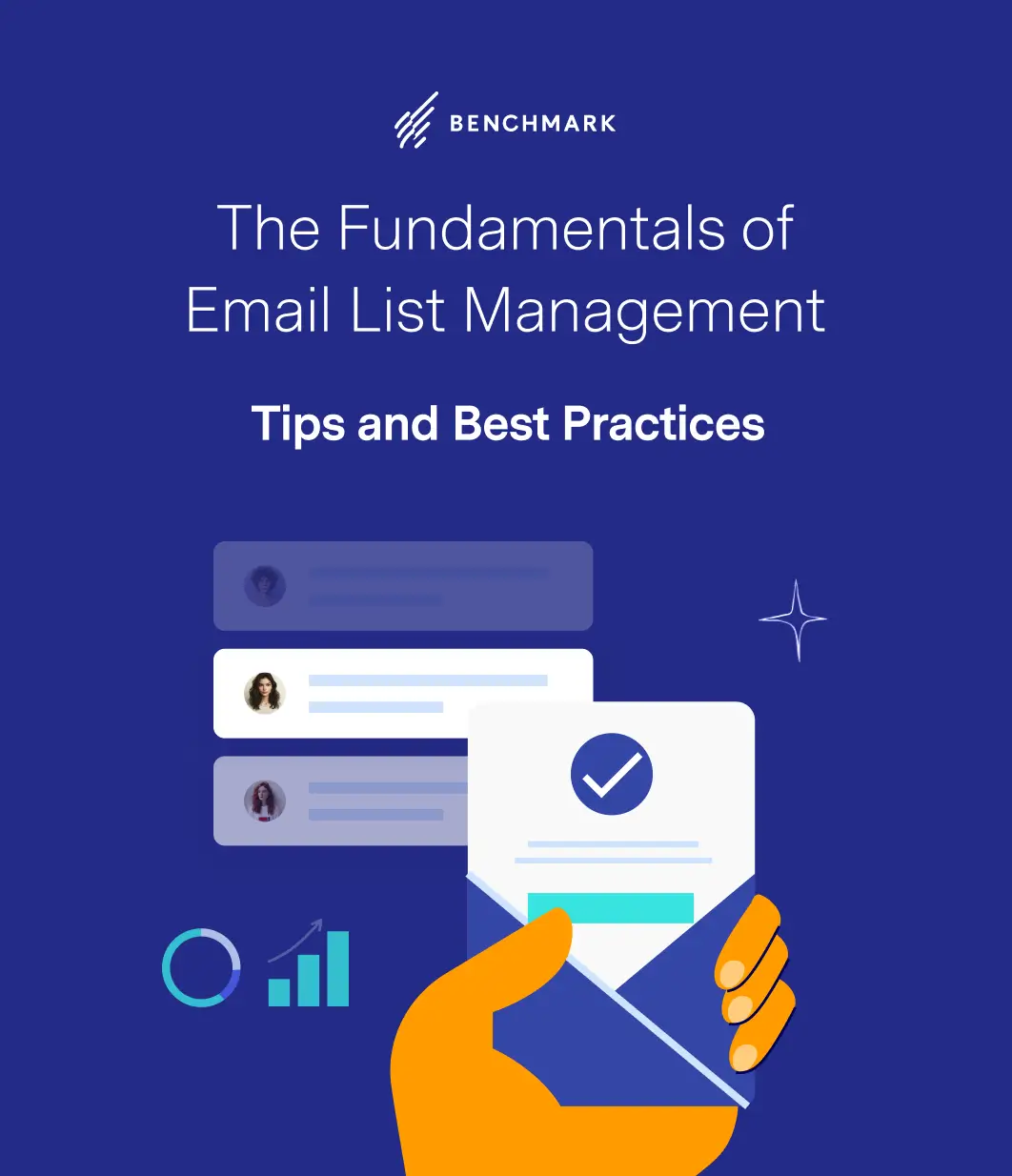
1. Persona-Based Segmentation
Segmenting customers based on personas lets you tailor marketing and product offerings to specific needs, creating more personalized and targeted customer experiences.
It involves creating detailed buyer personas based on the demographic, psychographic, and behavioral data of your current customer base.
These personas represent distinct groups of customers with shared characteristics, preferences, and behaviors. You can segment your potential customers into these persona groups using clustering algorithms.
Clustering algorithms help you identify segments within customer data. These algorithms analyze features like demographics, behaviors, and preferences to group customers into clusters based on their similarities.
Each cluster represents a distinct persona or segment with shared characteristics. You can then create detailed buyer personas representing the typical customer in each cluster.
For example, a software company analyzes data from its current customer base and identifies three primary buyer personas: “Tech-Savvy Innovator,” “Cost-Conscious Manager,” and “Risk-Averse Professional.”
They use clustering algorithms to segment their leads into these persona groups and develop tailored messaging and a content strategy for each persona, addressing their specific concerns, goals, and decision-making processes.
The data you gather on each cluster will also inform other parts of your marketing strategy, especially content marketing. Take this article from Henry Meds about the difference between Rybelsus vs. Ozempic, two diabetes drugs that are becoming popular in weight loss.
The key difference between them is that one is injectable, and the other is a pill, and the article takes time to explain their pros and cons. Why? Probably because their customer base is segmented into two camps, they are more prone to choosing one or the other for several reasons.
This article helps them make the decision. Without accurate data on how your customer base is divided, you might miss opportunities to help you move the needle more in your favor.
2. Account-Based Segmentation
Account-based segmentation involves segmenting accounts or companies based on factors like industry, company size, revenue, technological maturity, and buying behaviors.
This account-level segmentation can inform targeted account-based marketing (ABM) campaigns and personalized outreach strategies.
Targeted B2B sales and marketing efforts are more effective when tailored to specific account types. Understanding unique characteristics and needs allows you to improve your messaging, content, and engagement strategies.
To implement account-based segmentation, use data from multiple sources, including your CRM, third-party data providers, and public information, to comprehensively understand your target accounts.
3. Integration with CRM and Marketing Automation
Integrate your segmentation models and data sources with CRM and marketing platforms.
This allows real-time segmentation, dynamic list management, and automated, personalized outreach and nurturing campaigns based on segment characteristics.
You can streamline and automate your outreach and nurturing workflows by integrating your segmentation efforts with your CRM and marketing automation tools.
This integration ensures every prospect and customer receives timely, relevant, personalized communication based on their segment characteristics, improving engagement and customer experiences.
For example, a B2B software company can integrate its account-based segmentation models with its CRM and marketing automation platform.
Based on segment characteristics (e.g., industry, company size, technological maturity), prospects are automatically added to tailored nurturing campaigns, and they receive personalized content and messaging aligned with their specific needs and pain points.
Ensure your data sources are clean, up-to-date, and consistently formatted for seamless integration with your CRM and marketing automation platforms.
Review and update your integration points regularly to account for changes in data structures or segment definitions. Lastly, train and document sales and marketing teams on using segmentation capabilities effectively.
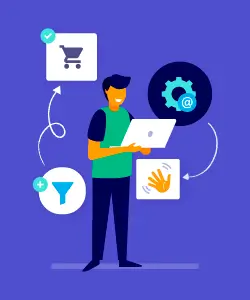
4. Omnichannel Data Integration
Omnichannel data integration involves consolidating and analyzing customer data from various online and offline channels, such as websites, mobile apps, social media, in-store interactions, and call centers.
This holistic view of customer interactions enables more comprehensive segmentation and personalization strategies.
Customers interact with brands through various channels, and their experiences are linked.
You gain insights into customer behavior and preferences by combining data from multiple touchpoints. This enables better segmentation and tailored engagement strategies. Using a composable CDP can make it easier to activate this data by syncing it with your various marketing tools.
A retail company integrates data from its e-commerce website, mobile app, social media channels, and in-store point-of-sale systems.
Analyzing consolidated data helps you segment customers based on their omnichannel behavior and identify customers who shop online, prefer in-store experiences, or use multiple channels.
This segmentation allows for tailored marketing campaigns, personalized product recommendations, and optimized in-store experiences for each segment.
5. Customer Journey Analytics
Customer journey analytics analyzes customer data across multiple touchpoints and channels to understand their end-to-end experience with your brand.
This analysis reveals patterns, pain points, and opportunities for improvement, enabling more effective segmentation and personalization strategies.
It allows you to address customer needs and pain points at the right time, leading to improved customer experiences and better outcomes, such as increased customer retention and loyalty.
Understanding the complete customer journey allows you to identify key stages and interactions that influence customer behavior and outcomes.
This insight allows for targeted segmentation and tailored engagement strategies that address specific needs at each journey stage.
For example, a financial services company analyzes customer data from website interactions, call center logs, and branch visit records.
They map out the typical customer journey for activities like opening a bank account, applying for a loan, or resolving a billing issue.
By identifying common pain points and friction areas, they segment customers based on their journey stage and tailor communication and support strategies accordingly.
Leverage customer feedback, product usage data, customer surveys, and voice-of-the-customer data to gain deeper insights into experiences and perceptions.
Continuously update customer journey maps as new info emerges or processes change to keep segmentation and personalization relevant.
Data Security in Customer Segmentation
Implement strong data governance and security measures to protect customer data across channels.
Consider using Cloud Workload Protection Platforms (CWPP) to safeguard your cloud-based data. CWPPs provide comprehensive protection by securing workloads across various cloud environments. They offer essential features like threat detection, vulnerability management, and compliance checks.
These protections ensure your data remains secure and reliable, essential for accurate customer segmentation. Securing your data can create more effective marketing strategies and maintain customer trust.
Additionally, being transparent about your data protection policy gives customers confidence and control over how you collect and use their data for personalization purposes.
Segmenting customers helps you tailor marketing efforts and budgets by understanding their needs, preferences, and behaviors.
By segmenting customers using the tips we’ve shared above, you can develop highly targeted and personalized campaigns, offerings, and experiences that resonate with each group, increasing engagement and conversions.
You’ll also deliver exceptional customer experiences by tailoring strategies to each segment’s needs, enhancing satisfaction, loyalty, and customer retention.
Which customer segmentation model will you use to build customer relationships and boost revenue? Whether you try behavioral or geographic segmentation, time is of the essence.




